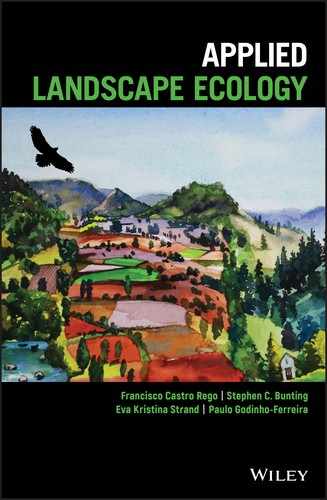Book Description
An insightful guide to the concepts and practices of modern landscape ecology
Elements of geography, conservation biology, soil science and other disciplines factor into landscape ecology's rich analyses of the ecological and environmental forces at play across different terrains. With its unique, organism-oriented approach to the subject, Applied Landscape Ecology considers the effects of ecological processes upon particular species and places its findings within the context of larger-scale concerns. Students, researchers, and practitioners alike will find this a rewarding and instructive read that offers practical and detailed information on the latest methods and technologies used in the field today.
This essential resource:
- Takes an interdisciplinary approach to landscape ecology
- Examines the subject within the contexts of specific organisms
- Covers cutting-edge technologies and methods
- Represents a collaboration between an international team of landscape ecology experts
Whether new to the practice or an established ecologist, anyone with an interest in this exciting and developing field should have a copy of Applied Landscape Ecology at their disposal.
